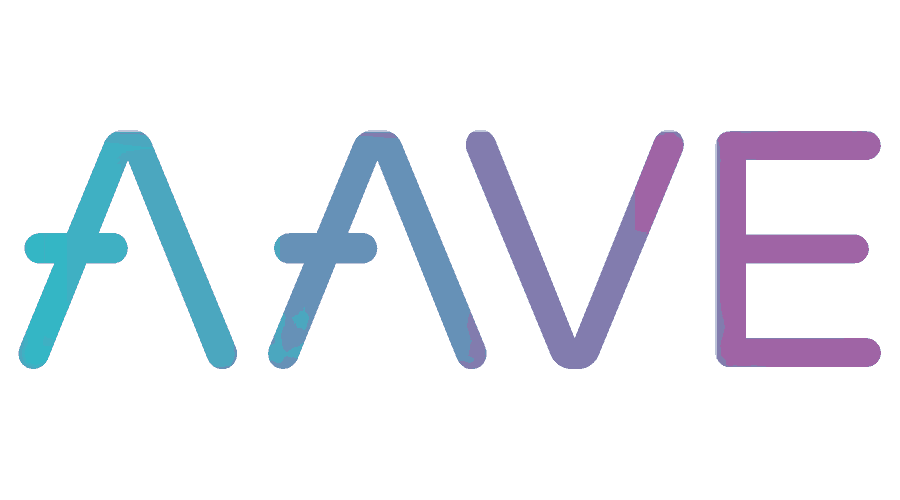
A classic technical indicator suggests that AAVE’s price may rise to $105 in the coming months. A sharp rebound move in the Aave (AAVE) market over the last three days suggests that it has the potential to rise further in May, according to a technical indicator.
The pattern is known as a “rising wedge,” and it appears when the price rises within a range defined by two ascending, contracting trendlines. It usually ends when the price falls below the lower trendline with convincingly rising volumes.
Since early February 2022, AAVE has been painting a similar ascending channel. The AAVE/USD pair has risen in recent days after testing the lower trendline of the wedge as support. This means the bulls are now aiming for the pattern’s upper trendline near $280(R 4 243), which is up more than 40% from the price on April 20.
The target on the upside also coincides with the level that served as the resistance between November 2021 and January 2022. It also played a role in limiting AAVE’s downside attempts between July and October 2021.
As a result, depending on where AAVE breaks down from its rising wedge, the bearish scenario target ranges between $105 and $124(R 1 829) by the end of Q2.
When viewing the weekly timeframe charts, AAVE appears to be in a month-long descending channel pattern that resembles a “bull flag.”
Bull flags are bullish continuation indicators that appear after a period of strong uptrending when the price consolidates lower within a parallel range.
In theory, they resolve when the price decisively breaks above the range’s upper trendline, followed by an extended upside move equal to the previous rally’s height (called flagpole).
AAVE is now at risk of testing the structure’s lower trendline near $109( R1 652), which coincides with its 200-week EMA, under the bull flag scenario. Interestingly, the level is also close to the rising wedge’s interim downside target, as previously discussed.
As previously stated, rising wedges are regarded as bearish reversal patterns by many traditional analysts. It suggests that AAVE’s rise to $280(R 4 243) may not turn into a full-fledged bull run. Instead, the probability of the token correcting lower appears to be higher.
Furthermore, after reaching its 200-day exponential moving average (200-day EMA; the blue wave in the chart above), AAVE’s price may experience an early pullback, indicating an impending breakdown.
A rising wedge breakout typically results in the price falling to a target determined by adding the distance between the pattern’s upper and lower trendlines to the breakout point.
However, the flag configuration suggests that AAVE’s long-term bias is to the upside. As a result, the pair could rebound from the lower trendline to a roughly $900(R 13 641) bull flag target in 2022-2023, representing a 400% increase from the price on April 20.
A decisive break below the 200-day EMA, on the other hand, could expose AAVE to further selloffs, with the next downside target located near $72( R 1 091), a historical support/resistance level.
This website uses cookies.